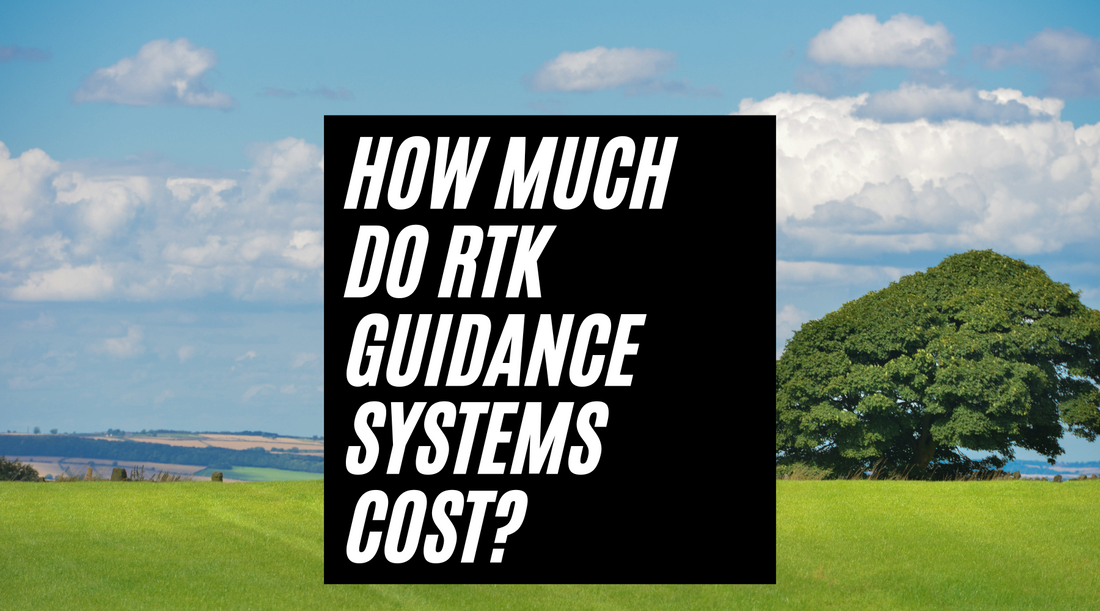RTK (Real-Time Kinematic) guidance systems are advanced GPS systems used in agriculture to achieve sub-inch accuracy for precision farming. While these systems offer significant benefits to farmers, one of the common questions is how much do RTK guidance systems cost? In this article, we'll explore the cost of RTK guidance systems and what factors affect the price.
1. What is an RTK guidance system?
An RTK guidance system is a type of GPS technology that provides high-accuracy positioning data in real-time. It is used in precision agriculture to automate tasks such as steering, planting, and harvesting. RTK guidance systems use a base station and a rover to achieve sub-inch accuracy.
2. How much do RTK guidance systems cost?
The cost of RTK guidance systems can vary depending on several factors, including the type of system, the level of accuracy, and the brand. The price of a complete RTK guidance system can range from $10,000 to $50,000 or more. This cost includes the base station, rover, and any additional equipment such as antennas and displays.
3. Factors that affect the cost of RTK guidance systems
Several factors can affect the cost of RTK guidance systems. The type of system, such as a fixed or mobile base station, can impact the cost. The level of accuracy required can also affect the price, with higher accuracy systems costing more. Additionally, the brand of the system can play a role, with well-known brands often costing more.
This is Tractor GPS – a mobile application that offers tractor GPS tracking, field mapping, and fleet management.
Conclusion
RTK guidance systems are a valuable tool in precision agriculture, providing sub-inch accuracy and automating tasks such as steering and planting. The cost of RTK guidance systems can vary depending on several factors, including the type of system, level of accuracy, and brand. While the cost of RTK guidance systems can be high, the benefits they offer, such as increased efficiency and improved yields, can make them a worthwhile investment for farmers.

